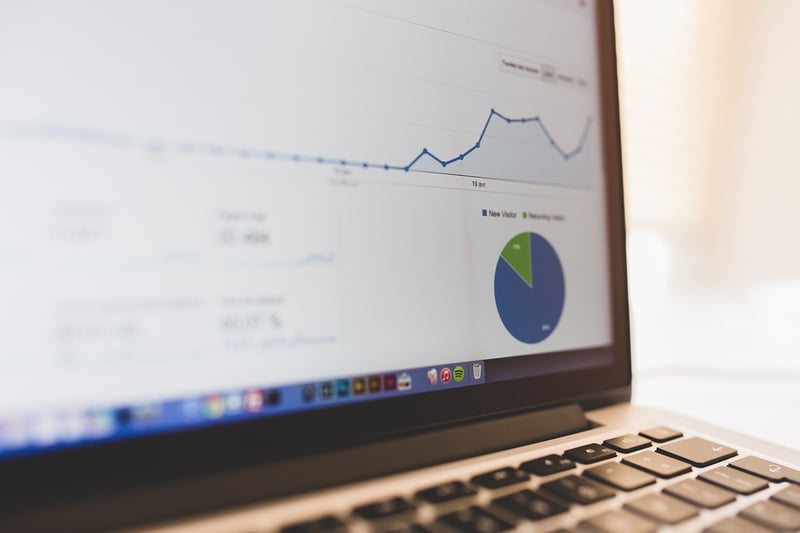Data Analysis Tools
Enhancing Performance Through Data Analysis Tools
In today's data-driven world, monitoring and analyzing performance data is crucial for businesses to stay competitive and successful. Data analysis tools play a vital role in this process, enabling organizations to gain valuable insights, make informed decisions, and optimize their operations.
The Importance of Monitoring and Analyzing Performance
Monitoring performance allows businesses to track key metrics, identify trends, and measure progress towards goals. By analyzing this data, organizations can uncover patterns, correlations, and outliers that provide valuable insights into their processes, customer behavior, and market dynamics.
Benefits of Data Analysis Tools
Data analysis tools offer a range of benefits, including:
- Efficiency: Automating data analysis processes saves time and resources.
- Accuracy: Advanced algorithms ensure accurate results and reduce errors.
- Insights: Tools help uncover hidden patterns and trends that manual analysis may miss.
- Visualization: Graphs and charts make it easier to interpret and communicate data findings.
Popular Data Analysis Tools
There is a wide range of data analysis tools available, catering to different needs and skill levels. Some popular tools include:
- Tableau - A powerful data visualization tool used for creating interactive dashboards.
- Microsoft Excel - Widely used for data analysis, modeling, and visualization.
- IBM SPSS Statistics - Statistical analysis software for advanced data modeling.
- R - An open-source programming language for statistical computing and graphics.
- Python - A versatile programming language with powerful libraries for data analysis.
Conclusion
Monitoring and analyzing performance data using data analysis tools is essential for businesses looking to gain a competitive edge, improve decision-making, and drive growth. By harnessing the power of these tools, organizations can unlock valuable insights and optimize their operations for success.

